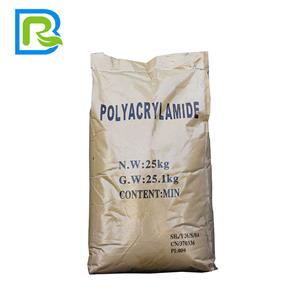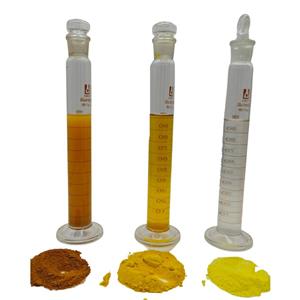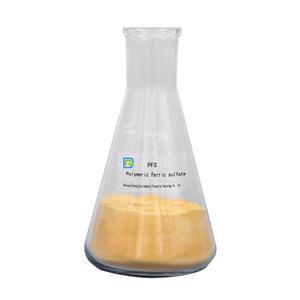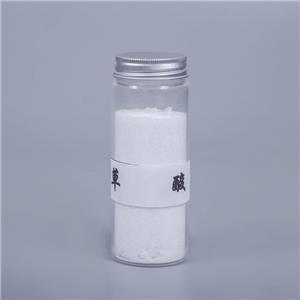Defoamers
Translated and polished, suitable for Google search product copy:
Foam is a common problem in industrial production due to formulation and process reasons. The generation of foam has negative impacts on environmental pollution, system operation, and product quality in industrial production. Therefore, it is necessary to take corresponding defoaming measures to address foam-related issues. The most common solution in the industry is to add defoamers for defoaming and foam inhibition.
Defoamers are widely used in industrial production, known for their small dosage and significant defoaming effect. Their mechanisms mainly include reducing surface tension, breaking foam films, and altering liquid viscosity. Through these mechanisms, defoamers effectively eliminate foam generation and stability, thereby enhancing industrial production efficiency, product quality, and reducing energy consumption.
Mechanisms of Defoaming Action by Defoamers:
Reducing Surface Tension:
The primary function of defoamers is to reduce surface tension. When defoamers are added to a foam system, they rapidly disperse and lower the surface tension of the foam system. This reduction in surface tension decreases the elasticity of the foam film, causing the reduced surface tension to pull and stretch strongly in all directions, making the bubbles more susceptible to deformation and rupture.
Breaking Foam Films:
Another vital function of defoamers is to break foam films. Defoamers possess good penetration and wetting properties, allowing them to quickly penetrate the foam film and disrupt its structure. This disruptive action weakens the strength of the foam film, making the bubbles more prone to rupture. Additionally, defoamers can interact with surface-active agents within the foam film, reducing their concentration and further weakening the foam film's strength.
Altering Liquid Viscosity:
Defoamers can also alter the viscosity of the liquid, influencing foam stability. Defoamers can reduce the viscosity of the liquid, making the foam more fluid and deformable. Furthermore, defoamers can modify the surface viscosity of the liquid, making the foam more susceptible to rupture. This alteration of liquid viscosity accelerates the drainage and gas diffusion rates of the foam liquid film, reducing the foam's lifespan and effectively eliminating foam generation and stability, thereby achieving defoaming goals.
Purchase our defoamers to effectively address foam-related problems, improve production efficiency, maintain product quality, and reduce energy consumption in industrial production.





